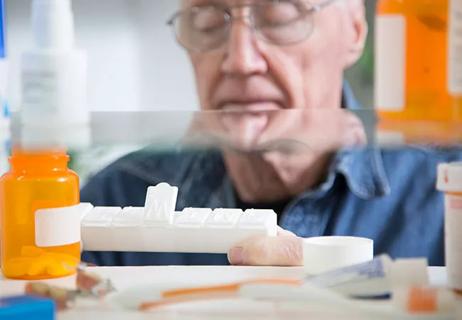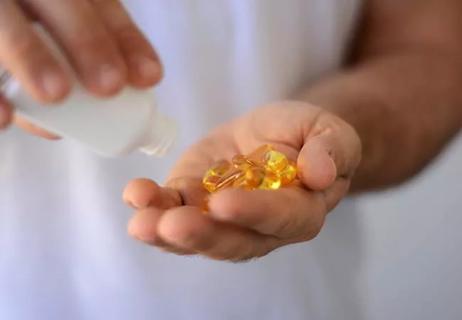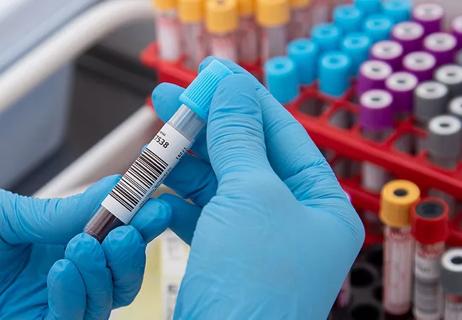Proper usage of pump for the right patients is key

Advertisement
Cleveland Clinic is a non-profit academic medical center. Advertising on our site helps support our mission. We do not endorse non-Cleveland Clinic products or services. Policy
Insulin pump technology has been with us for four decades and for some patients it is an ideal solution. Over the years, the pumps have become smaller and more precise, which is good news. And when prescribed for the right patients and used properly, they can decrease hypoglycemic events and provide people with the best overall control. The advantages of continuous subcutaneous insulin infusion include:
In the U.S., however, indications for usage are restrictive and call for proof of lack of endogenous insulin production before they can be prescribed for patients with type 2 diabetes. For motivated patients with type 1 diabetes, they are a good option.
I discuss the insulin pump with all my patients with type-1 diabetes, however, we have to keep in mind that patients may be disappointed at learning what the pump can and cannot do. I tell them what to expect. The responses are mixed. Several factors are at play, from age and gender to the need to improve control and body image. For some patients, having a visible device is not an attractive alternative.
Insulin pumps are complex devices that should be prescribed to the right patients with proper education for usage. Because every pump manufacturer makes a unique device, it is not a one size fits all solution, and it is important for the practitioner to understand how they work and to ensure that their patients are properly educated on usage. I see a lot of misinformation out there, and this is a concern.
Advertisement
Non-diabetologists need to know the basic terminology used by pumpers, such as basal rates, prandial bolus, correctional bolus, insulin sensitivity factor, insulin onboard/active insulin, or suspend. Diabetologists and endocrinologists should familiarize themselves with the pumps on the market. To ensure that a patient knows how to properly use a pump, we should have that patient illustrate their usage back to us.
I have patients who are able to achieve excellent control with multiple daily injections that I might still recommend the pump because of dawn phenomenon, pregnancy, need for small doses of insulin, or active lifestyle. While the insulin pump and its associated consumables are overall more expensive, using them in the right patients will save money because of the improved control and decrease in hypoglycemic events.
Continuous subcutaneous insulin however, can lead to adverse events such as diabetic ketoacidosis or severe hypoglycemia. These adverse events can be caused by user error or device error and are not always easy to determine. Fortunately, all pump manufacturers do have customer service lines to assist patients.
The American Diabetes Association puts total medical costs for diabetes at $176 billion, of which, 12 percent is pharmacy costs. According to claims data from a study, switching from daily injections to a pump can lead to a significant cost savings, with insurance providers typically paying for a new pump after 48 months.
Christian Nasr, MD, is a staff physician in the Department of Endocrinology at Cleveland Clinic’s main campus.
Advertisement
Image courtesy of ©Russell Lee
Advertisement
Advertisement

Screening and medication key to better outcomes

While the skeletal effects of nutrient deficiency are well-known, it’s important to consider how deficiency impacts the endocrine system

The tool can provide better clarity on evaluation of indeterminate thyroid nodules, reduce the number of unnecessary surgeries and help providers tailor patient care

Guidance for counseling patients on the use of one of the most common daily supplements taken in the US

Two case studies illustrate why it’s important to look at DXA data holistically when treating patients with fracture risk

Because treatment options are reserved for classic Cushing’s, monitoring changes is critical in the management of subclinical Cushing’s

Although the diagnosis and treatment processes are often straightforward, it’s important to be timely with initiating both

Following a PCP referral, patients often meet with several specialists, including an endocrinologist who helps them achieve their GAHT goals